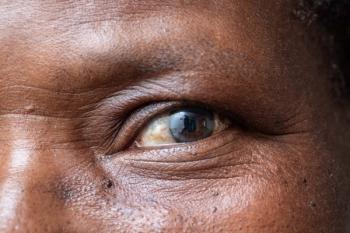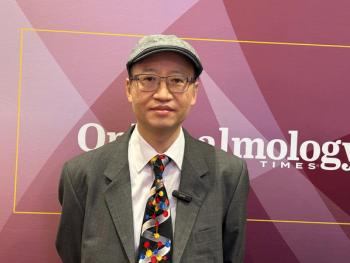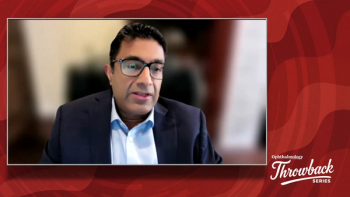
From exam to dispensary: Making the ‘hand-off’
Capture rate is defined as the number of prescriptions generated daily divided by your daily refractions expressed as percentage. The capture rate is the principle financial driver which creates the revenue stream produced in your optical dispensary. Many practices that track this metric discover that capture rate may initially fall between 25% to 35%, which is significantly lower than an ideal goal of 60% of all patients who are refracted.
Low capture rate. One of the most overlooked revenue-generating areas of your practice may be “right under your nose,” as the saying goes. It has to do with the way you (or your physicians) conclude a comprehensive eye examination. For purposes of this article, the question is: Why do so many ophthalmology practices have a low capture rate?
One of the primary reasons is lack of physician involvement. This generally manifests as the physician failing to recommend appropriate eyewear and then not channeling patients into the dispensary. In
How do you go about
Path to purchase
If you are familiar with the marketing concept of the Path to Purchase, you know there are moments along that decision-making path when shoppers are open to receiving information that can help them decide what to purchase and where to purchase it. These are known as Moments of Maximum Impact (MMI). The general principle that marketing experts agree on is that the most powerful MMI in ophthalmology is when the patient is sitting in the examination room chair and the doctor is giving them recommendations. From a dispensary standpoint, this is known as “prescribing from the chair.”
Prescribing from the chair
Prescribing from the chair is the art of making appropriate recommendations to patients for specific eyewear. Those recommendations should be solidly based on patient responses to direct questions about how they use their eyes. Those questions should cover work, hobbies, or other visual task requirements. Using the same techniques you would use to recommend cataract surgery or any procedure, inform patients of their options and suggest they visit your dispensary for more information.
Four options
As mentioned above, moving the patient from the examination room to the dispensary is known as the hand-off. A proper patient hand-off is the key to improving your practice’s capture rate and hence your dispensary’s revenue. So, how do you improve the hand-off? The answers vary by practice but there are several methods that work.
- Physician escorts. The first hand-off option is for you, the doctor, to escort the patient to the dispensary, introduce them to the optician, then instruct the optician about the specific frame and lens recommendations you have made for that patient. This is by far the most effective hand-off method. The reason given most often for not using it is that many doctors feel they do not have the time for it.
- Tech escorts. The second hand-off option is to transfer your eyewear recommendations to your tech or scribe and have them escort the patient to the dispensary, make an introduction and say that Dr. (Arthur) recommends the following frame and lenses for this patient. The key element of this hand-off technique is for your staff member (tech or scribe) to represent you in transferring professional recommendations to the optician.
- Print prescriptions in dispensary. Those practices that use an electronic health record (EHR) system can often arrange for the patients’ eyeglass prescription to be printed in the dispensary. In this case, the patient is instructed to go to the dispensary to obtain the prescription. Some practices create an electronic eyeglass prescription in their EHR system that contains an array of recommendation check boxes. The physician reviews his specific recommendations with the patient, checks the appropriate boxes in the EHR system, and then directs the patient to pick up their printed prescription at the dispensary. The optician then reviews the physician recommendations with the patient. This method has the advantage of requiring 100% of the patients to present at the dispensary.
- Call the optician. Some practices use systems (lights, buzzers, etc.) that alert the optician when a patient has completed their examination. The optician is then called back, so to speak, introduced to the patient and given the physician’s frame and lens recommendations. The optician then escorts the patient to the dispensary and demonstrates the recommended products.
Bottom line
The bottom line is that with a little physician engagement and a little reworking of some basic processes, your practice’s capture rate can improve-in some cases, dramatically. Considering that the inverse of your capture rate is the number of patients who chose to leave your practice with their unfilled prescription in their hand, I would say this is an area that is well worth the time to look into.
Disclosures:
Arthur De Gennarois president of Arthur De Gennaro & Associates LLC, an ophthalmic practice management fi rm that specializes in optical dispensary issues. De Gennaro is the author of the book “
Aron M. Arkonis a senior consultant with Arthur De Gennaro & Associates LLC. Neither author has a financial interest relevant to the subject matter.
Newsletter
Don’t miss out—get Ophthalmology Times updates on the latest clinical advancements and expert interviews, straight to your inbox.



















































.png)


